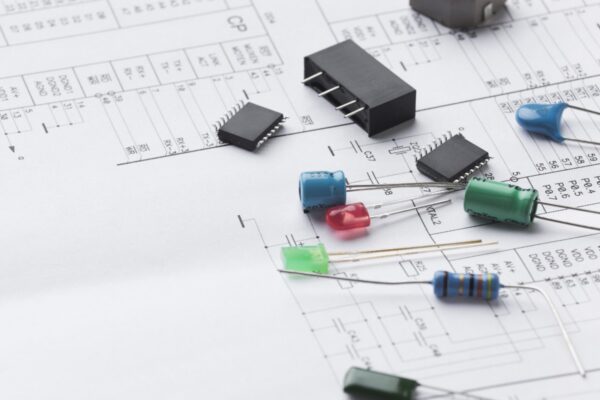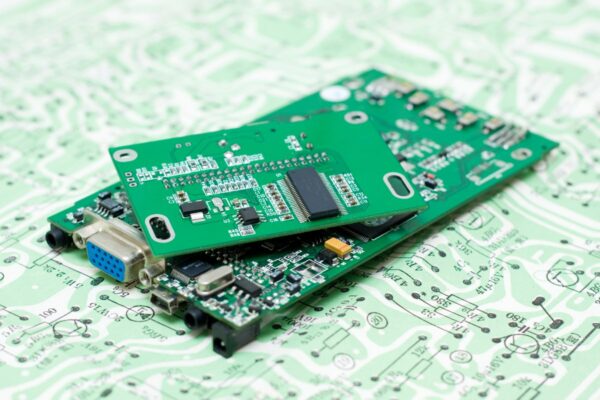What is Dielectric Constant
Dielectric constant, also known as relative permittivity, refers to an electrical property that characterizes the insulating ability of materials used in PCBs. The dielectric constant measures the extent to which an electromagnetic signal slows down when passing through a material.
In technical terms, the dielectric constant is a dimensionless quantity that represents the ratio of the electric field strength in a vacuum to the electric field strength in the material. It quantifies the material’s ability to store electrical energy in an electric field. The dielectric constant is denoted by the symbol εr or ε.
The dielectric constant of a PCB dielectric material is influenced by the frequency of the system embedded in it. This means that the dielectric constant can vary with different frequencies. It is important to consider this frequency dependence when designing and selecting materials for PCBs.
A stable dielectric constant over a wide range of frequencies is desirable in PCB applications. This stability ensures consistent electrical performance and reliable signal transmission. When the dielectric constant remains relatively constant across a range of frequencies, it helps maintain the integrity of the signals and reduces the risk of distortion or loss.





